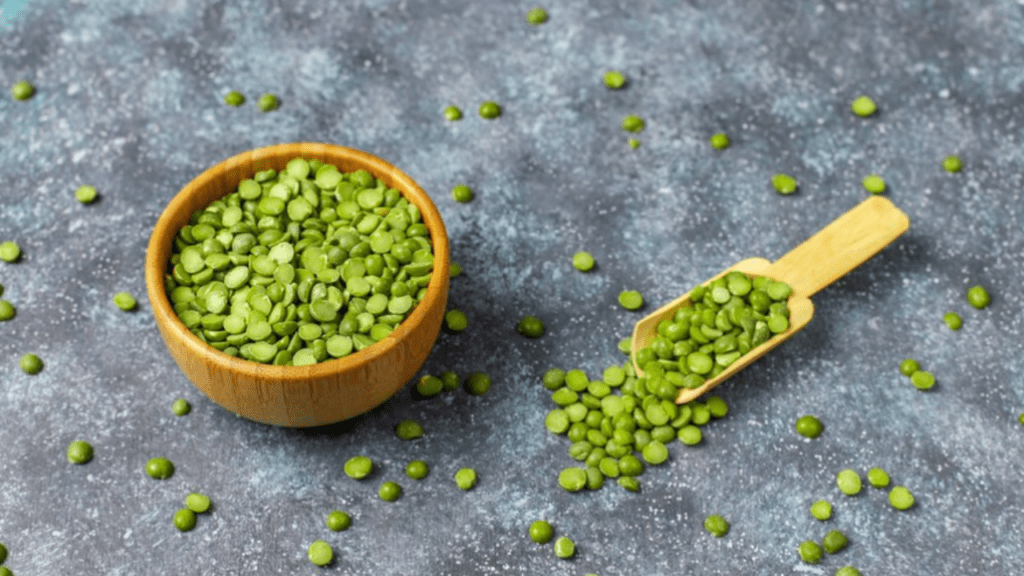
Wasabi Plant Seeds: How to Grow Your Own Wasabi at Home
Growing your own wasabi at home can be a rewarding and unique experience. The first step in this process is to obtain wasabi plant seeds. These seeds can be a bit challenging to find, but with the right resources and a bit of patience, you can get your hands on them. Once you have your wasabi plant seeds, it’s important to understand the growing conditions and care required for these plants. Wasabi thrives in cool, shady, and moist environments, making it an ideal plant for growing in a garden or even in a pot indoors. It’s important to provide the plant with consistent moisture and avoid direct sunlight, as this can cause the leaves to wilt. Additionally, wasabi plants require well-draining soil with a slightly acidic pH level. With the right conditions and care, you can successfully grow your own wasabi and enjoy the unique flavor and health benefits it has to offer. So, if you’re up for the challenge, consider giving it a try and start growing your own wasabi at home.
Table of Contents
ToggleUnderstanding Wasabi Plants
Can be a rewarding and challenging endeavor. Wasabi plants are not commonly found in most gardening stores, so obtaining the seeds may take some effort. However, with patience and the right resources, you can find them. Once you have your wasabi plant seeds, it’s important to understand the specific growing conditions and care required for these unique plants. Wasabi thrives in cool, shady, and moist environments, making it an ideal plant for growing in a garden or even in a pot indoors. It’s important to provide the plant with consistent moisture and avoid direct sunlight, as this can cause the leaves to wilt. Additionally, wasabi plants require well-draining soil with a slightly acidic pH level. With the right conditions and care, you can successfully grow your own wasabi and enjoy the unique flavor and health benefits it has to offer. So, if you’re up for the challenge, consider giving it a try and start growing your own wasabi at home.
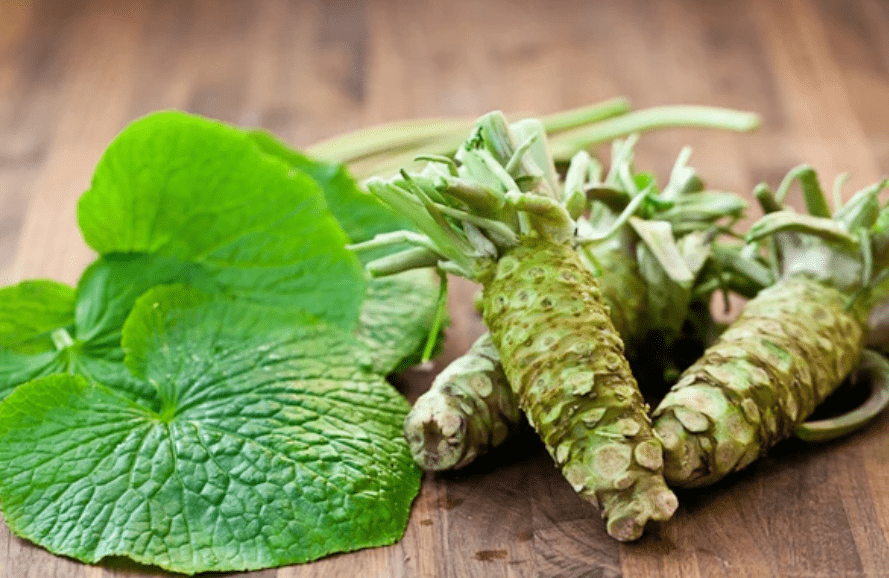
Describe the wasabi plant, its characteristics, and its native habitat in Japan.
Wasabi, also known as Japanese horseradish, is a plant that is native to Japan and is known for its strong, pungent flavor. It belongs to the Brassicaceae family, which also includes plants like mustard and cabbage. The wasabi plant is characterized by its heart-shaped leaves and small white flowers that bloom in the spring. It thrives in cool, shady, and moist environments, making it an ideal plant for growing in a garden or even in a pot indoors.
In its native habitat of Japan, wasabi is traditionally grown in the shade of mountain streams and is known for being a difficult plant to cultivate. However, with patience and the right resources, you can find them. Once you have your wasabi plant seeds, it’s important to understand the specific growing conditions and care required for these unique plants.
Wasabi plants require consistent moisture and should be kept away from direct sunlight to prevent the leaves from wilting. Additionally, they need well-draining soil with a slightly acidic pH level to thrive. With the right conditions and care, you can successfully grow your own wasabi and enjoy the unique flavor and health benefits it has to offer.
So, if you’re up for the challenge, consider giving it a try and start growing your own wasabi at home. It’s a rewarding experience to cultivate this special plant and enjoy its distinct flavor.
Discuss the culinary uses of wasabi and its distinctive flavor profile.
Wasabi is a unique and distinctive ingredient in Japanese cuisine, known for its strong, pungent flavor and spicy kick. It is commonly used as a condiment for sushi and sashimi, adding a bold and refreshing flavor to the dishes. The flavor profile of wasabi is often described as sharp, hot, and slightly sweet, with a lingering heat that dissipates quickly. Its distinct flavor makes it a popular choice for adding a punch of flavor to various dishes, from seafood to noodles and even cocktails. In addition to its culinary uses, wasabi also offers potential health benefits, including anti-inflammatory and anti-bacterial properties. Its unique flavor and potential health benefits make it a versatile and valuable ingredient to incorporate into your cooking repertoire. Whether you choose to use it as a condiment or experiment with incorporating it into different dishes, wasabi is a flavorful and dynamic addition to any culinary experience.
Benefits of Growing Wasabi from Seeds
Detail the culinary and health benefits of consuming fresh wasabi.
Wasabi is not only a unique and distinct ingredient in Japanese cuisine, but it also offers a range of culinary and health benefits. Culinary benefits of consuming fresh wasabi include its strong, pungent flavor and spicy kick, making it a popular condiment for sushi and sashimi. It adds a bold and refreshing flavor to dishes, with a flavor profile described as sharp, hot, and slightly sweet, with a lingering heat. Its versatility allows it to be used in a variety of dishes, from seafood to noodles and even cocktails. In addition to its culinary uses, wasabi also offers potential health benefits. It is known for its anti-inflammatory and anti-bacterial properties, making it a valuable addition to a healthy diet. Incorporating fresh wasabi into your cooking repertoire can not only enhance the flavor of your dishes but also provide potential health benefits. So, next time you have the opportunity to enjoy fresh wasabi, consider the added culinary and health benefits it brings to your meal.
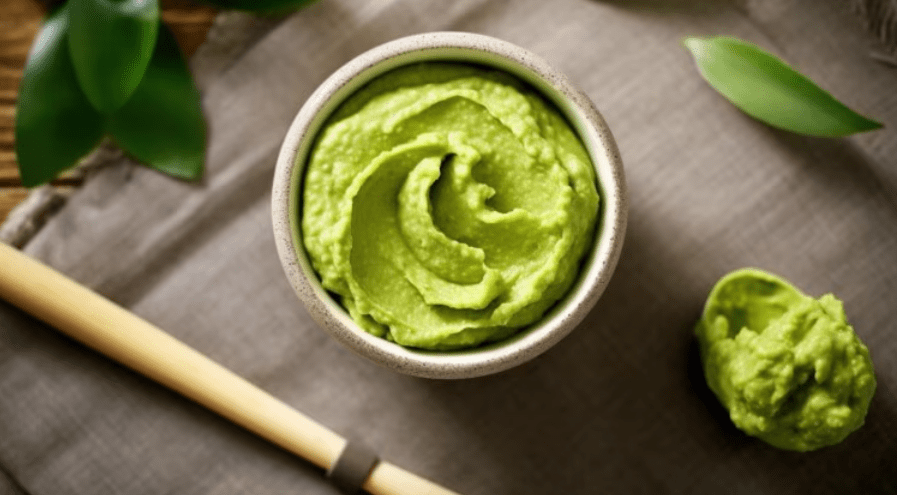
Discuss the cost-effectiveness and convenience of growing wasabi at home.
Growing wasabi at home can be a cost-effective and convenient way to always have access to fresh wasabi for your culinary creations. While it may take some time and effort to grow wasabi, the benefits of having a steady supply of fresh wasabi at your fingertips are well worth it. Plus, growing your own wasabi can save you money in the long run, as the price of fresh wasabi can be quite high at the grocery store. By growing your own wasabi, you can ensure that you always have access to this flavorful and versatile condiment without breaking the bank. Additionally, growing wasabi at home allows you to have full control over the growing conditions, ensuring that you can produce the best quality wasabi for your culinary endeavors. With the right care and attention, you can grow your own wasabi plants and enjoy the satisfaction of using your own homegrown wasabi in your cooking. Overall, growing wasabi at home can be a cost-effective and convenient way to add a fresh, pungent kick to your dishes while also reaping the potential health benefits of this unique plant.
Selecting the Right Wasabi Plant Seeds
Provide tips on selecting high-quality wasabi plant seeds for cultivation.
When selecting high-quality wasabi plant seeds for cultivation, it’s important to consider a few key factors. First, look for seeds from a reputable supplier or nursery with a good track record of providing healthy, viable seeds. It’s also important to consider the variety of wasabi you want to grow, as different varieties may have different growing requirements and flavor profiles. When choosing seeds, look for those that are plump, firm, and free from any signs of damage or disease. It’s also a good idea to look for seeds that have been stored properly to ensure their viability. Finally, consider the growing conditions in your area and choose seeds that are well-suited to your climate and soil type. By carefully selecting high-quality wasabi plant seeds, you can set yourself up for success in growing your own fresh and flavorful wasabi at home.
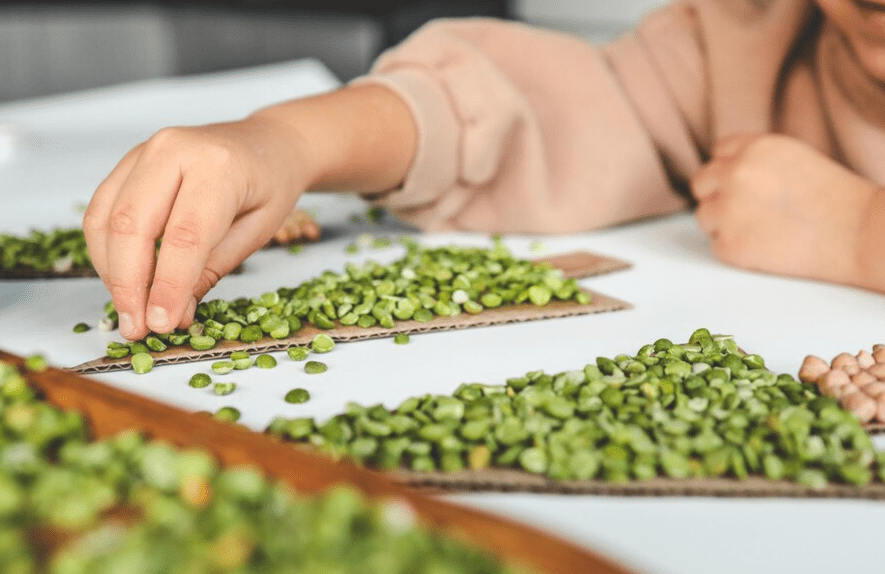
Discuss reputable sources for purchasing wasabi seeds, including specialty nurseries and online retailers.
When looking to purchase high-quality wasabi seeds, it’s important to consider a few key factors. First, consider purchasing seeds from reputable suppliers or specialty nurseries with a proven track record of providing healthy and viable seeds. These suppliers often have a wealth of knowledge and experience in cultivating wasabi and can provide valuable guidance and support. Additionally, consider purchasing seeds from online retailers who specialize in rare and exotic seeds. When selecting seeds, look for those that are plump, firm, and free from any signs of damage or disease. It’s also important to consider the variety of wasabi you want to grow, as different varieties may have different growing requirements and flavor profiles. Additionally, ensure that the seeds have been stored properly to maintain their viability. Finally, consider the growing conditions in your area and choose seeds that are well-suited to your climate and soil type. By carefully selecting high-quality wasabi plant seeds from reputable sources, you can set yourself up for success in growing your own fresh and flavorful wasabi at home.
Preparing for Planting
Detail the steps to prepare the soil and planting area for wasabi seeds.
To prepare the soil and planting area for wasabi seeds, start by selecting a location with well-draining soil and partial shade. Wasabi plants thrive in cool, moist environments, so choose an area that mimics these conditions. Next, ensure the soil is rich in organic matter and has a slightly acidic pH level, ideally around 6.0-6.5. If your soil is not naturally acidic, you can amend it with organic materials such as compost or pine bark to lower the pH.
Before planting the seeds, thoroughly weed the planting area and work the soil to a fine, crumbly texture. This will provide the ideal environment for the seeds to germinate and grow. Wasabi seeds should be planted about 1/4 inch deep in the soil, and spaced 4-6 inches apart. It’s important to keep the soil consistently moist, but not waterlogged, as wasabi plants require ample moisture to thrive.
Once the seeds are planted, apply a thin layer of mulch to help retain moisture and suppress weed growth. Regularly monitor the soil moisture and water as needed to keep the planting area consistently moist. With proper soil preparation and care, you can set the stage for successful wasabi seed germination and growth.
Discuss the ideal growing conditions for wasabi, including temperature, humidity, and light requirements.
Wasabi plants thrive in cool, shady, and moist conditions. They prefer a temperature range of 45-65 degrees Fahrenheit and high humidity levels, around 80-90%. It’s important to protect the plants from direct sunlight, as they can easily wilt in hot, sunny conditions. Providing sufficient shade and maintaining a cool, moist environment is essential for the successful growth of wasabi. Additionally, the soil should be well-draining and rich in organic matter to support the development of healthy wasabi plants. It’s also important to monitor the soil moisture levels and water the plants regularly to ensure they receive adequate hydration. By providing the ideal growing conditions, including the right temperature, humidity, and light requirements, you can cultivate thriving and flavorful wasabi plants.
How to Plant Wasabi Seeds
Step-by-step guide on planting wasabi seeds, including seed preparation and sowing techniques.
Step 1: Start by preparing the wasabi seeds. Soak the seeds in water for 24 hours to soften the outer coating and improve germination.
Step 2: Prepare a well-draining potting mix rich in organic matter. Add perlite or sand to improve drainage and create a loose, aerated growing medium.
Step 3: Sow the prepared seeds in the potting mix, ensuring they are covered with a thin layer of soil. Gently press the soil to ensure good seed-to-soil contact.
Step 4: Place the pot in a cool, shady area with high humidity. You can cover the pot with plastic wrap to create a mini greenhouse effect and retain moisture.
Step 5: Keep the soil consistently moist but not waterlogged. Avoid direct sunlight and maintain a temperature range of 45-65 degrees Fahrenheit.
Step 6: Once the seeds germinate and grow into seedlings, gradually acclimate them to outdoor conditions before transplanting them into the garden.
By following these steps and providing the ideal growing conditions, you can successfully plant wasabi seeds and cultivate thriving plants with a rich, pungent flavor.
Discuss spacing, depth, and watering requirements for optimal germination and growth.
When planting seeds, it’s important to ensure that they have the right conditions to germinate and grow. One key factor is the spacing between the seeds. Make sure to plant them at the recommended distance apart to allow for proper growth and air circulation. Additionally, the depth at which the seeds are planted is important. Follow the guidelines on the seed packet to ensure they are not buried too deep or too shallow. Watering is also crucial for optimal germination and growth. Keep the soil consistently moist, but be careful not to overwater and cause waterlogging. It’s important to avoid direct sunlight and maintain a temperature range of 45-65 degrees Fahrenheit for the best results. Once the seeds germinate and grow into seedlings, gradually acclimate them to outdoor conditions before transplanting them into the garden. By providing the ideal growing conditions, you can successfully plant seeds and cultivate thriving plants.
Caring for Wasabi Plants
Detailed care guide for wasabi plants, including watering, fertilizing, and pest management.
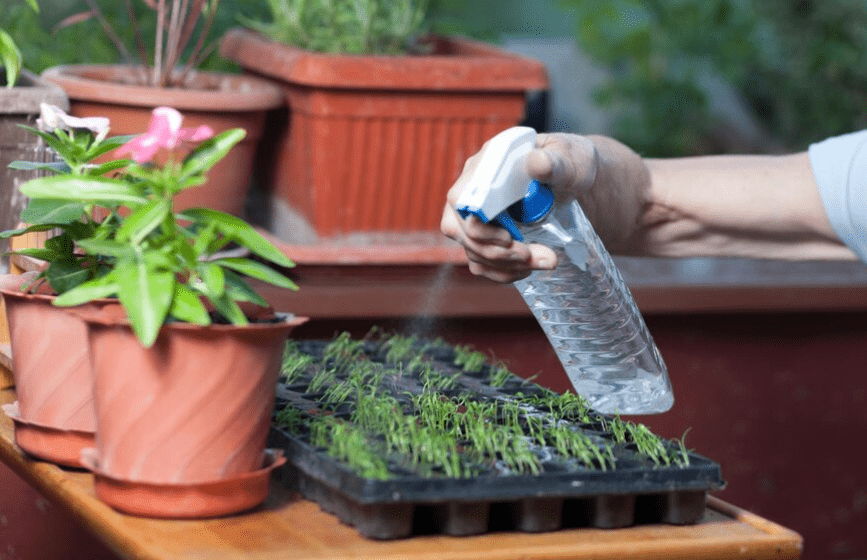
When it comes to caring for wasabi plants, it’s important to pay attention to their specific needs. First and foremost, proper watering is crucial for the health of the plants. Make sure to keep the soil consistently moist, but be careful not to overwater and cause waterlogging. Additionally, the depth at which the seeds are planted is important. Follow the guidelines on the seed packet to ensure they are not buried too deep or too shallow. Providing the right amount of sunlight and maintaining a temperature range of 45-65 degrees Fahrenheit is also essential for optimal growth.
In terms of fertilizing, it’s best to use a balanced, slow-release fertilizer to provide the necessary nutrients for the plants. Consider using organic fertilizers to promote healthy growth without the use of harsh chemicals. When it comes to pest management, keep an eye out for common pests such as aphids and caterpillars. Consider using natural pest control methods, such as introducing beneficial insects or using neem oil, to keep these pests at bay.
Discuss common pests and diseases affecting wasabi and strategies for prevention and control.
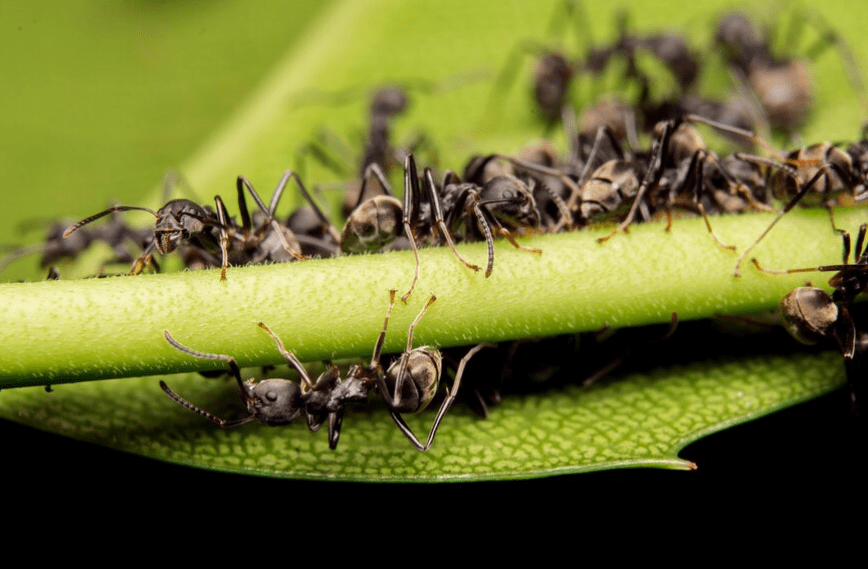
Wasabi plants are susceptible to a variety of pests and diseases that can impact their growth and overall health. Common pests that can affect wasabi plants include aphids, caterpillars, and slugs. These pests can cause damage to the leaves and stems of the plants, leading to stunted growth and reduced yield. To prevent and control these pests, it’s important to regularly inspect the plants for any signs of infestation and take appropriate measures to eliminate the pests.
In addition to pests, wasabi plants can also be susceptible to diseases such as root rot and leaf spot. These diseases can be caused by environmental factors such as overwatering, poor drainage, or lack of air circulation. To prevent these diseases, it’s important to properly water the plants and ensure that the soil has good drainage. It’s also important to provide adequate air circulation to prevent the build-up of moisture, which can contribute to the development of diseases.
In terms of prevention and control strategies, it’s important to practice good gardening practices such as crop rotation and proper sanitation to prevent the spread of pests and diseases. Additionally, using organic fertilizers and natural pest control methods can help promote healthy growth and reduce the risk of pest and disease infestations. By taking proactive measures to prevent and control pests and diseases, you can ensure the health and productivity of your wasabi plants.
Pruning and Maintenance
Are essential tasks in the care of any plant, including wasabi plants. Pruning helps to shape the plant, promote healthy growth, and remove any dead or diseased branches. It’s important to use clean, sharp pruning tools to make clean cuts and minimize the risk of infection. Regular maintenance tasks such as watering, fertilizing, and weeding are also important to keep the plants healthy and productive. By staying on top of these tasks, you can ensure that your wasabi plants stay strong and vibrant. Setting a regular schedule for pruning and maintenance can help you stay organized and keep your plants in top condition. Remember, the key to successful gardening is proactive care and attention to detail. By prioritizing pruning and maintenance, you can help your wasabi plants thrive and produce a bountiful harvest.
Harvesting and Using Wasabi
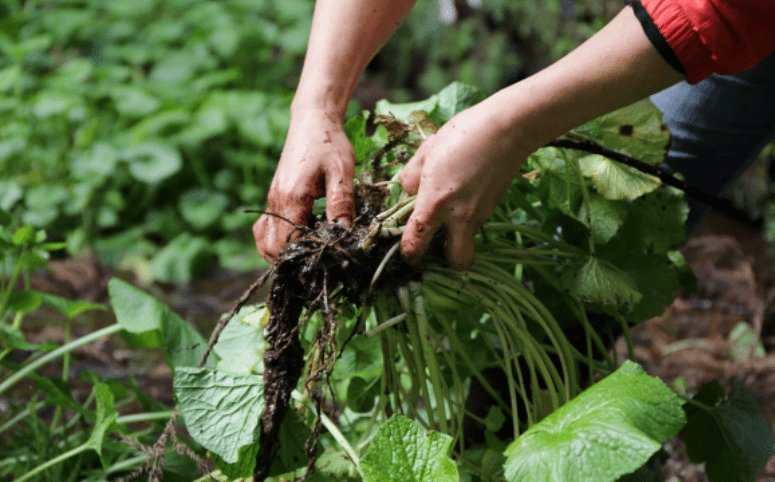
Harvesting and using wasabi can be a rewarding and enjoyable experience. When it comes to harvesting, it’s important to wait until the plant is at least two years old before digging up the rhizome, which is the part of the plant that is commonly used. To harvest, carefully dig around the rhizome and remove it from the soil, being careful not to damage the plant. Once harvested, the rhizome can be grated to create wasabi paste, which is a popular condiment in Japanese cuisine. It’s important to use the freshly grated wasabi within 15 minutes to fully enjoy its flavor and heat. Additionally, you can also use the leaves of the plant in cooking, such as in salads or as a garnish. When using wasabi, it’s important to use it in moderation, as it can have a strong and spicy flavor. Overall, harvesting and using wasabi can be a fun and delicious experience, but it’s important to take proper care of the plants and use caution when handling the spicy rhizome.
Common Problems and Solutions
Identify common challenges and issues encountered when growing wasabi from seeds.
Growing wasabi from seeds can be challenging due to its specific growing requirements. One common challenge is the need for a cool, shady, and moist environment, which can be difficult to replicate in many climates. Wasabi also has a long germination period and can take up to two years before it reaches maturity. Additionally, the seeds are delicate and require careful handling and precise conditions for successful germination. To overcome these challenges, it’s important to research and understand the specific needs of growing wasabi from seeds, and to provide the necessary environment and care for the plants. It may also be helpful to seek advice from experienced growers or seek out specialized resources on growing wasabi. By being attentive to the needs of the plants and providing the right conditions, it’s possible to successfully grow wasabi from seeds and enjoy the unique and flavorful harvest.
Provide practical solutions and management strategies for addressing pests, diseases, and environmental stresses.
Growing wasabi from seeds can be challenging due to its specific growing requirements. One common challenge is the need for a cool, shady, and moist environment, which can be difficult to replicate in many climates. Wasabi also has a long germination period and can take up to two years before it reaches maturity. Additionally, the seeds are delicate and require careful handling and precise conditions for successful germination.
To overcome these challenges, it’s important to research and understand the specific needs of growing wasabi from seeds, and to provide the necessary environment and care for the plants. This may involve creating a shaded, cool, and moist environment, potentially using shade cloth or misting systems to replicate ideal growing conditions. It may also be helpful to seek advice from experienced growers or seek out specialized resources on growing wasabi.
In terms of pests and diseases, it’s important to monitor the plants regularly and take proactive measures to prevent infestations and infections. This may involve using natural predators, such as ladybugs, to control aphids, or using organic pesticides to address specific pest issues. Additionally, maintaining proper soil and water conditions can help prevent diseases and ensure the overall health of the plants.
Overall, by being attentive to the needs of the plants and providing the right conditions, it’s possible to successfully grow wasabi from seeds and enjoy the unique and flavorful harvest. It’s important to stay informed and proactive in addressing potential challenges and to seek out practical solutions and management strategies for addressing pests, diseases, and environmental stresses.
In conclusion, growing your own wasabi at home can be a rewarding and enjoyable experience. By following the steps outlined in this post, you can enjoy the health benefits of fresh, home-grown wasabi while adding a unique and flavorful ingredient to your cooking. With the right care and attention, you can successfully grow your own wasabi plant from seeds and enjoy the satisfaction of harvesting and using your own home-grown wasabi.
Frequently asked questions And Answer
Yes, you can grow wasabi at home with the right conditions and care.
You can purchase wasabi plant seeds from specialty gardening stores or online seed retailers.
Wasabi plants thrive in cool, shaded areas with plenty of moisture. They also prefer slightly acidic soil.
It can take up to two years for wasabi plants to mature and produce the signature rhizomes that are harvested for their spicy flavor.
It is possible to grow wasabi indoors, but you will need to replicate the cool, shaded conditions that the plant prefers.
Make sure to provide consistent moisture, avoid direct sunlight, and maintain the right soil pH for optimal growth.
Yes, once your wasabi plants have matured, you can carefully harvest the rhizomes for use in cooking.
Wasabi plants can be susceptible to certain pests and diseases, so it’s important to monitor their health and address any issues promptly.
